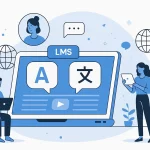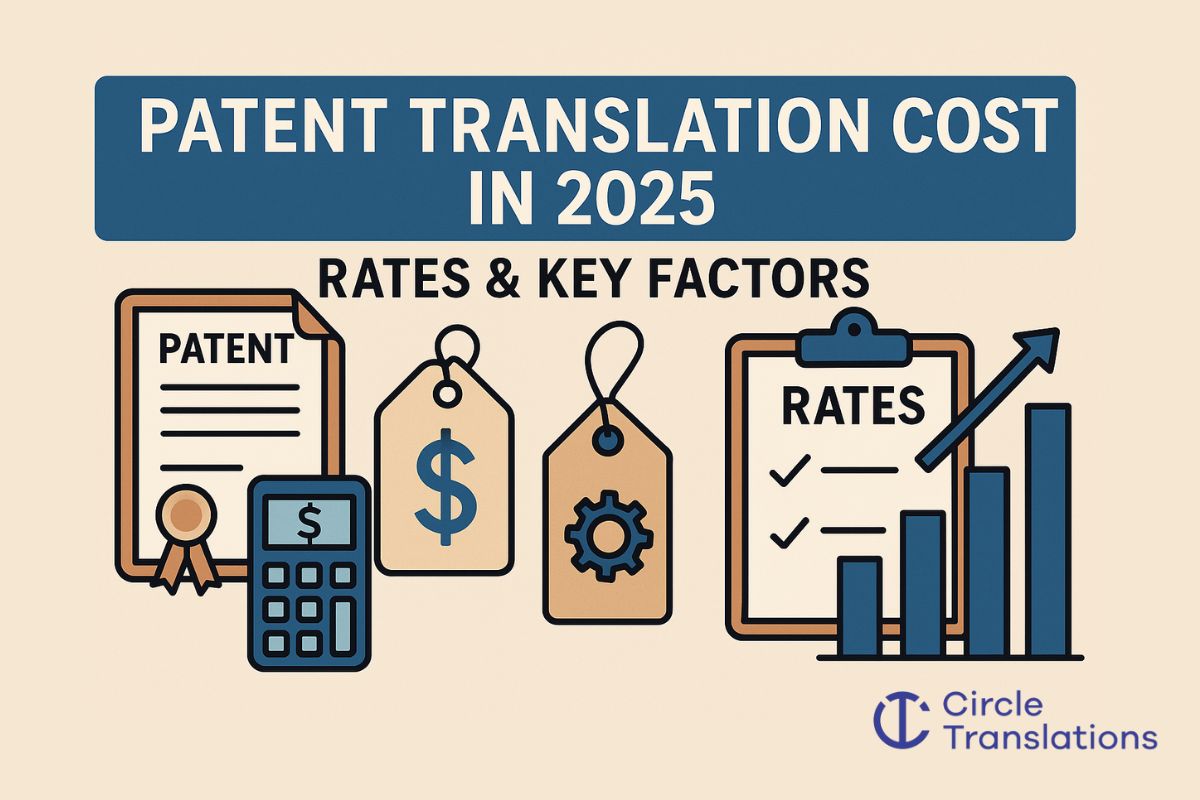When it comes to captions and subtitles, most people don’t know the difference between them and just use them interchangeably. However, there’s a huge difference between the two, and people should understand them in order to help all people.
Before we learn about SDH subtitles, it’s important to know what closed captions and subtitles are.
Closed Captions and Subtitles
Closed captions and subtitles both refer to the synchronized text that appears at the bottom of the video. The audio in videos and movies is harmonized with the text, and as the words are spoken on screen, people can read them simultaneously through the subtitles or captions appearing at the bottom of the screen.
Difference Between Closed Captions and Subtitles
When subtitles are provided in a video, the creators assume that their audience can hear perfectly but have trouble understanding the language or accent. Subtitles are akin to translations; therefore, they only display the spoken audio under their videos. There are no other sound effects mentioned in the subtitles.
On the other hand, closed captioning is used by creators who want to reach a larger audience and keep in mind that their viewers might be deaf or hard of hearing. This is why the text representation dubbed as closed captioning displays all kinds of sound effects portrayed on the screen. These captions describe all audio, from interpreting what’s being said on the video to the non-speech cues happening. There is also a law to put in videos in the United States.
Subtitles

Professional and Accurate Subtitle Services for your Videos.
- Video subtitles specifically tailor-made for improving accessibility.
- Using highly experienced subtitlers with years of industry experience.
- Professionally written and expertly timed.
Translation

We help the world’s top companies translate their content in over 73 languages!
- We localize content for internet websites, games, travel, cryptocurrencies, and more
- Expand your global audience by adding different languages.
- We work only with qualified translators and experienced content creators
Audio translation

Ensuring full accessibility for Blind and visual impaired audiences.
- Visual descriptive events as they occur in the video.
- Working with top audio describers to perfectly describe what is happening on-screen
- Professional sound recording.
















